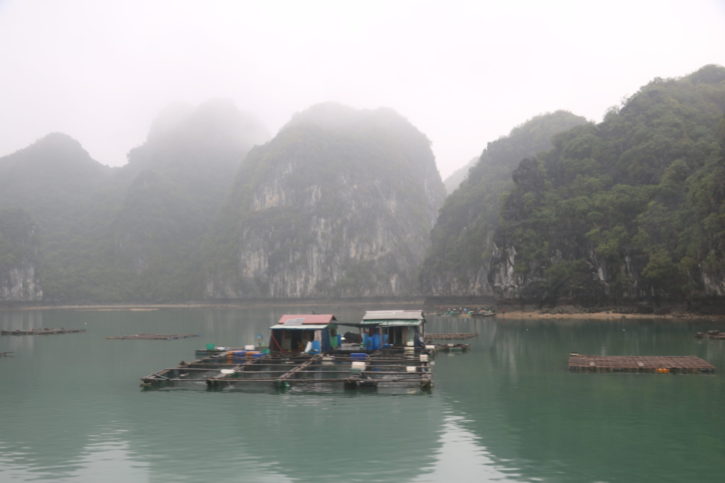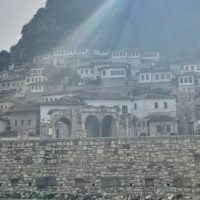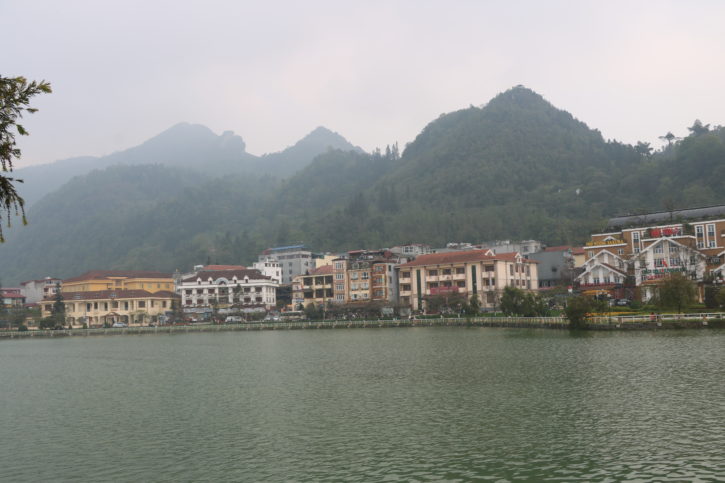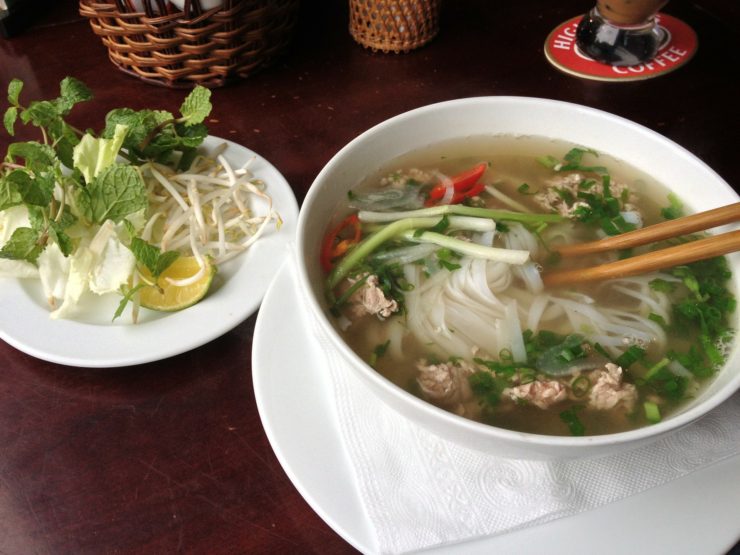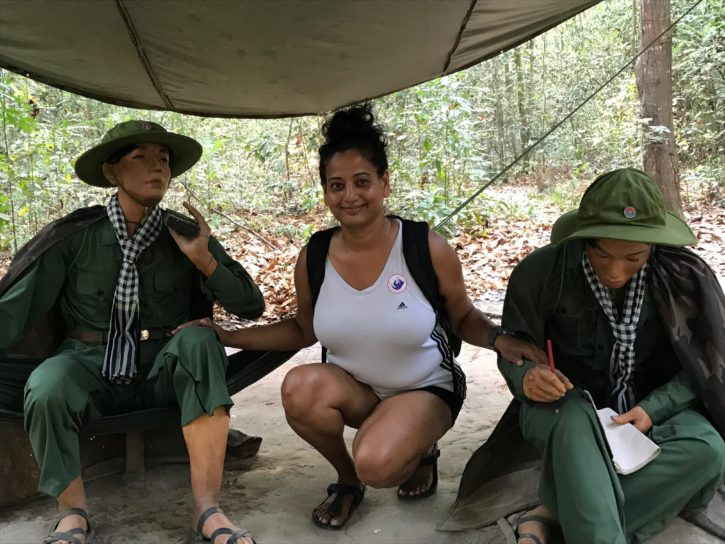People ask – what is so special about Ha Long Bay? For one, it is a UNESCO World Heritage Site and famous because of its stunning limestone mountains raising up from emerald waters that were formed millions of years ago.
I had questions about its popularity as I boarded the bus from Hanoi and all my answers were answered through the course of my journey. So, if you asked me what was so special about this journey, I’d say – Halong covers over 150,000 hectares, is located on the Gulf of Tonkin in the northeastern province of Quang Ninh (Vietnam) and has over 1,600 islands and islets that rise out of the water.
A little history
I think it’s always best to first know a little history of a place. To elaborate, Halong Bay has a very long and interesting history and many secrets lie within these magnificent limestone mountains.
Understand this – normal limestone mountains are usually found on the ground; however, the limestone mountains of Halong Bay are raised from above the water and has taken 500 million years to form the limestone islands we see today. Historical research have shown the presence of prehistorical human beings in this area tens of thousands of years ago.
The island was discovered in 1901 by the French, who gave it the official name in 1938, although it was called Ha Long by the local people for years. The word Halong means Descending Dragon and the bay is steeped in legend and folklore. The legend is also a part of the general belief that Vietnamese people have Dragon’s origins.
Pretty impressive now, isn’t it?
First, Cat Ba Island
First, I journeyed to Cat Ba Island (from Hanoi on a bus and there on a ferry ride). I had no idea I was going to find a piece of history and paradise, although, this piece of paradise was in the middle of rains! That did put the spanner in the works, so to speak, but my long experiences on the road have prepared me against disappointment.
From the very first time I set foot on the island I knew I had made the right choice. Not surprising that it is one of the most visited sites in Vietnam.
Cat Ba Island is renowned for its stunning landscapes, including pristine beaches, serene bays, and lush tropical forests. The Cat Ba National Park covers half the island and is filled with secluded beaches, coral reefs, and rare species of wildlife. To me, it was the highlight of the trip – that and visit to the Trung Trang Cave, the largest on the island. The cave houses a number of stalactites in various shapes, more than a dozen of standing stones and dense forest within.
Just two kilometers away from the town centre is the Cai Beo floating village. This 19th century village is one of the country’s oldest and is home to about three hundred floating houses and 600 inhabitants. If you are lucky, the locals will show you how to fish.
This island has plenty of dining and stay options and a vibrant nightlife and gives you the chance to experience local specialties and exotic things. Don’t miss a chance to savor Hai Phong’s rice noodle soup with crab meat, the special local food.
The original name of the island was ‘Các Bà’ which roughly translated means ‘Women’. There is a folktale story about the origin of this name. According to local legend, once upon a time, all women on the island had to take care of homes, logistics and transportation while all the men were off fighting wars defending the island. At this time, the island was called ‘Các Bà’ or simply ‘Women’ island.
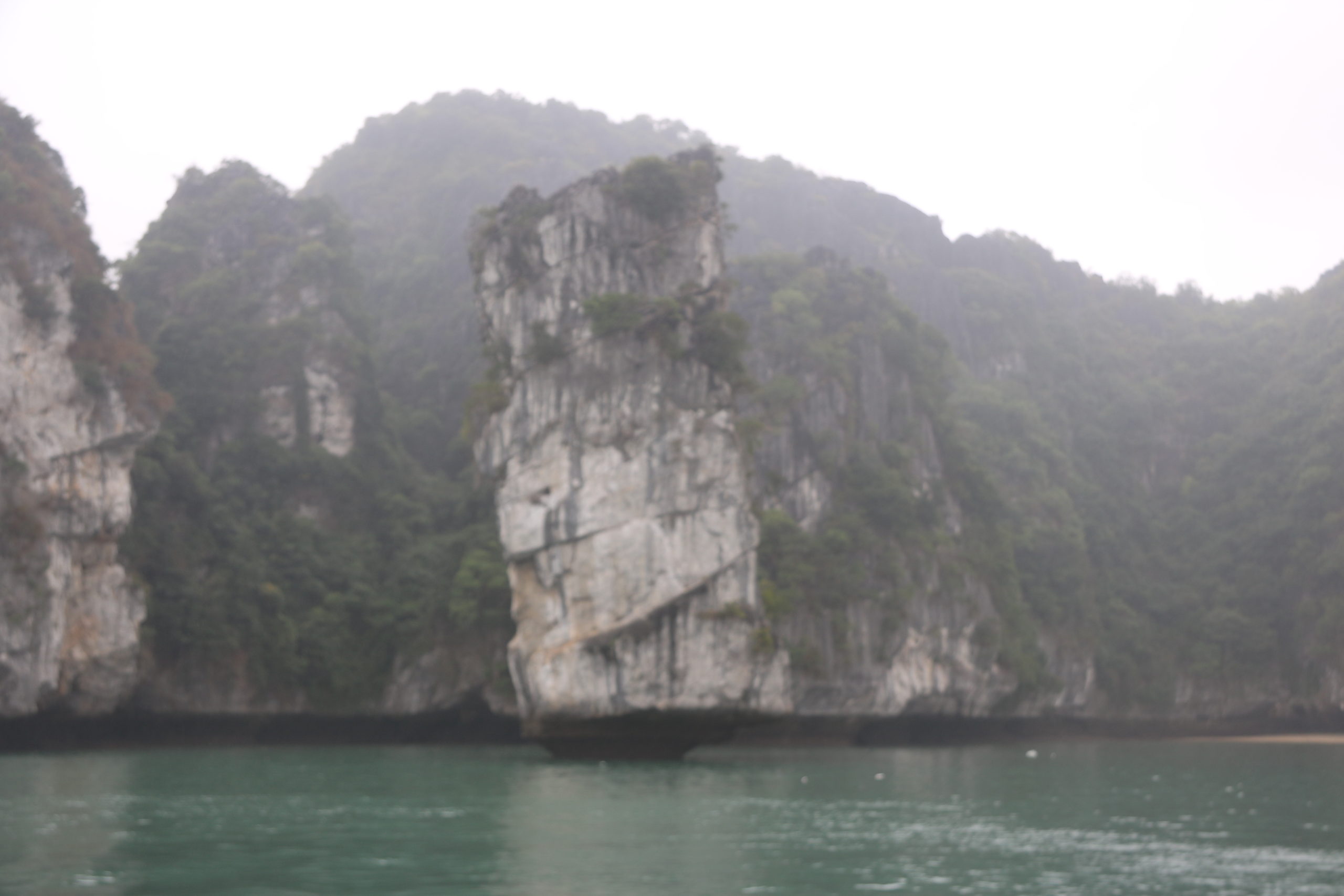
Cruising the Halong Bay
After two days of hectic time in Cat Ba, I was ready for two days of relaxing on Halong Bay cruise. Unfortunately, the weather did not improve so I gave myself up to the moment and decided to take the plunge. It is, of course, a rather expensive affair but to tick it off the bucket list is one thing ad budgeting is another – I chose the former, no matter the cost.
Halong Bay’s main feature is a series of giant crags sticking out of water for as far as the eye can see. Fun fact I discovered on the cruise – the water around the Bay is not very deep but it is home to thousands of different species of plant and marine life. Even more interesting is that fact that there are about 10 different types of ecosystems in the Halong Bay area!
When we made our first stop at the Hang Dau Go cave to view the amazing stalactites and stalagmites. This cave sits 27 meters above sea level and was formed during the Pleistocene era 2 million years ago. Today it remains in perfect condition, exhibiting an ancient beauty that is rarely seen on our planet. The name Dau Go can be translated as ‘Wooden Head’ and there are many stories as to where that name came from.
In the cave we join hundreds of other tourists in being ushered through the place as fast as possible. Fortunately, that is where the annoyance of the other boats end. On the open sea one could not hear the noise coming from the other ships and they just became a part of the landscape.
Our boat stopped a few times in some of the most beautiful spots where were surrounded by these crags as well as local floating villages.
During one stop in the bay, we got into kayaks and paddled around Luon Cave. In the middle of kayaking, rains began to pour down and I did fear for my life, briefly. Keeping the kayak in line and trying to save the camera from the rains is tricky. The experience of course was amazing.
Shortly after that, we were dropped off at Ti Top Island, where we went on a 427-step climb up the peak and witnessed one of the most beautiful sunsets I’ve seen in a while.
To be honest however, everything looked quite the same after a point, so I spent time on the boat, eating fresh fish, napping and hearing the rain and imagining King Kong rising out of the waters.
It was another level of bliss.

Things To Do in Halong Bay
Covering such a wide area for tourism and economic purposes, Ha Long Bay is the place where you’ll never run out of things to do (besides the cruise, of course). From outdoor and active activities to a more relaxed and food-focused itinerary, there’s always something to do for all kinds of travelers.
Here are some bonus activities besides visiting famous attractions you can expect on a Ha Long Bay Tour.
-
- Experience farming and learn the techniques traditional farmers use for organic produce.
- For those with more active lifestyle, it is perfect place for kayaking.
- Trekking is very much doable in any part of Ha Long Bay, whether you’re staying in Tuan Chau Island near the fishing villages, Cat Ba Island, or by Hon Gai District, there are places where you could trek or hike.
- Cycling is another preferred activity on the island and can be done in almost every major part of Halong Bay and Ha Long City, including Cat Ba Island and the city center.
Cat Ba or Halong Bay?
This is a common confusion for a first-time visitor, so let me get this out of the way.
Cat Ba Island is the main and the largest island among the 367 islands making up the Cat Ba Archipelago. It is located about 45kms to the East of Hai Phong city (and sits within Lan Ha Bay) and 25kms from Ha Long Bay. Cat Ba covers more than 26,000 hectares of high biodiversity and is known as the 3rd biosphere reserve in Vietnam. Cat Ba essentially looks the same as Halong Bay, but just isn’t as famous.
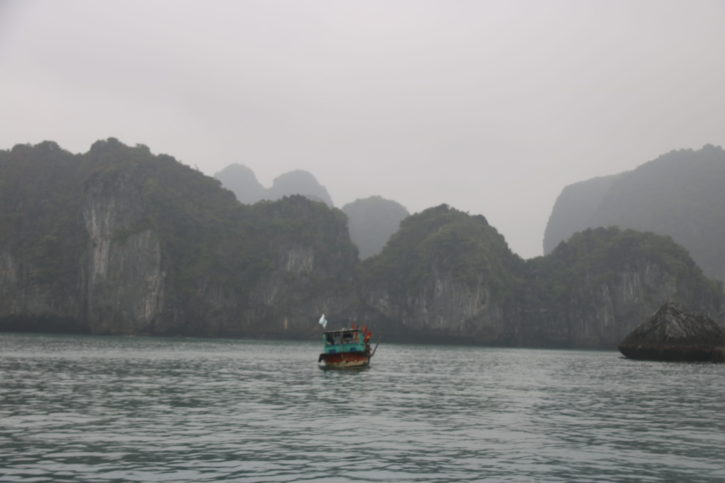
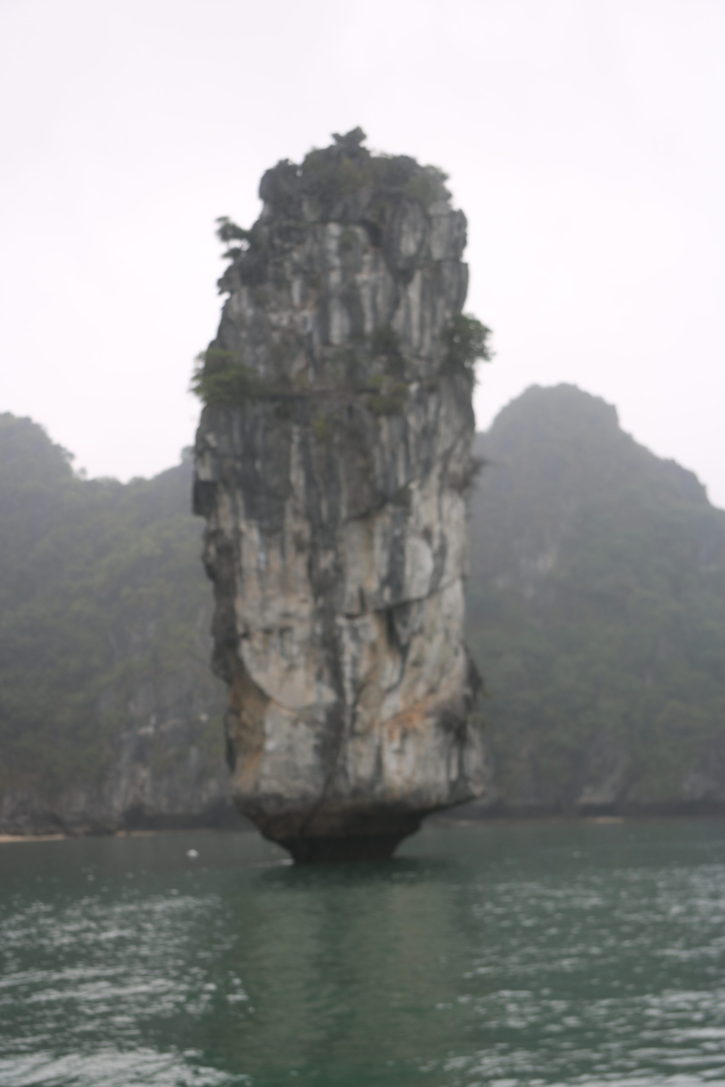
Halong Bay is located in Quang Ninh province, which is just south of Hai Phong. Why I’m explaining this is because, geographically, Lan Ha Bay which surrounds Cat Ba Island, is the same as Halong Bay – it’s just not called Halong Bay because of an arbitrary provincial border!
Useful info
Buy the right ticket
To go beyond the overcrowded Ha Long Bay area, the Bay Management has three kinds of tickets (followed by 3 routes below) that you can buy. If you buy tickets for Route #1, you can only visit the attractions in Route #1. If you would like to mix-up attractions between different routes, you will have to buy an extra ticket(s) to visit the attractions.

